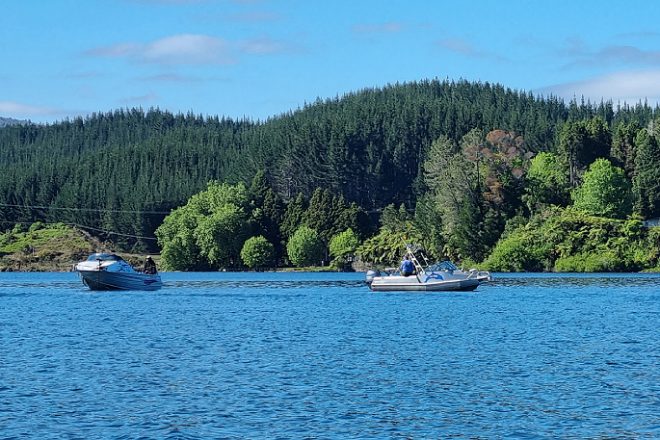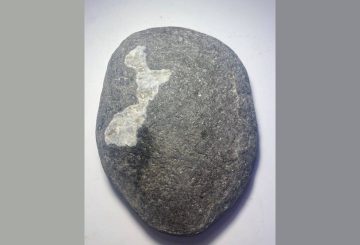Lake Rotoiti is the most popular lake for freshwater fishing in New Zealand, according to recent research by Fish & Game. The 2021-2022 National Angler Survey, which is conducted every seven years, found that Lake Rotoiti in the Bay of Plenty had over 33,000 angler days, making it the most frequented lake by anglers.
The survey was conducted from December 2021 to October 2022 and involved around 15,000 people. It tracks fishing activity across all lakes, rivers, and canals managed by Fish & Game and collects data on the number of angler days, which is defined as one angler fishing for one day, regardless of the number of hours spent fishing.
The CEO of Eastern Fish and Game, Arash Alaeinia, said that the popularity of Lake Rotoiti is not surprising. The lake is known for its high catch rate, large trout, and beautiful scenery. It is also large enough to accommodate a high number of anglers without feeling crowded.
Lake Rotoiti is also supported by the Ngongotaha trout hatchery, which releases 28,500 yearling rainbows into the lake each year. Fish & Game also conducts detailed surveys on the Rotorua lakes to better manage the fishery.
The survey also found that more people fish in the South Island than the North Island, with 77% of angling activity occurring in the South Island. About 92,000 angling licenses were sold in New Zealand during the survey period, a decrease of around 10% from the last survey, likely due to Covid lockdowns and international travel restrictions.
Fish & Game Chief Executive Corina Jordan emphasized the benefits of fishing for mental health and wellbeing, and encouraged more New Zealanders to try it out. She also highlighted the variety of trout fisheries available in both the North and South Islands.
























































-helped-regain-her-strength-and-balance-using-Nymbl-after-a-fall.-660x440.jpg)


